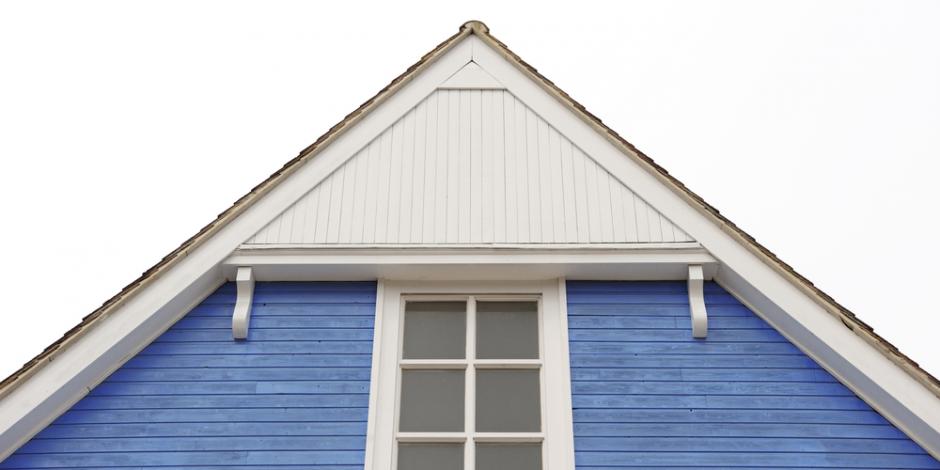
Most Maine homes have some level of insulation up in the attic, but few homeowners know if they have enough. Even if you are familiar with how insulation is meant to work, assessing your insulation levels and its effectiveness in keeping your home comfortable can be daunting. Here are some signs to look out for, both in your living space and up in the attic, that indicate you could benefit from an insulation and air sealing upgrade.
Visible Mold Growth or Damage to Attic Insulation
Mold is never a good thing in a home, and attics can become traps for the moisture and temperatures that encourage mold growth. Take a look at your insulation (where you can), and scan for any evidence of water or black, green, or grey mold growth. Not only does mold render your insulation less effective, but it can also send spores into your attic air, which can circulate throughout your home’s breathing air and create health issues.
Uneven Temperatures Throughout Your Home
One of the goals of insulation in your home is temperature stability. If there are areas of your attic that are poorly insulated, it can make certain areas of your home warmer or colder than other areas, depending on the season. This is especially true for two-story homes!
A hot second floor in the summer (or any room with temperatures different from the rest of your home) is a warning sign that the insulation and overall air sealing in your home is in need of an upgrade.
Indoor Drafts
If you feel drafts in your home even when all windows & doors are closed, that’s a sure sign that your home needs an insulation and/or air sealing upgrade. Heat dissipates, so if you have an area in your home with higher temperatures than another (caused by uneven insulation or a lack of air sealing), the air in your home will move in patterns that cause predictable drafts. Upgrading your insulation and air sealing prevents outdoor air from entering your home and conditioned air from leaving your home, thus reducing uncomfortable drafts.
Ice Dams and Icicles Along the Edge of Your Roof
Ice dams cause problems for Maine homeowners every winter, and the answer to avoiding them may lie in your attic. Ice dams form when the underside of your roof warms up enough to melt the lowest layer of snow accumulation, which then drains further down the roof and refreezes. That ice creates a dam, preventing melting water from draining off your roof and forcing it into your home, damaging your remaining insulation, sheetrock, roofing materials, and more. If you have had ice dams in the past, your insulation should be looked at; your heated home air may be causing the problem!
High Energy Bills in Both Winter and Summer
If you’ve been looking for a way to lower your heating bills in winter or your cooling bills in the summer, your insulation should be the first place to start. Most of the symptoms and signs we have already mentioned point to your heating and cooling system needing to work overtime to make up for the extra heat transfer, which will mean higher energy bills all year round. Upgrading your insulation in the attic makes the job of your air conditioner, boiler, furnace, or heat pump much easier, as the hot and cold air they provide is able to stay put!
Evergreen Your Home with an Energy Audit
Have you experienced any of these problems inside your southern or midcoast Maine home? Get to the bottom of your home insulation issues once and for all with the home efficiency experts that Mainers trust.
Through an energy audit, we can diagnose your insulation levels and issues, and show you where your home is in need of air sealing. We nearly always pair an insulation upgrade with air sealing, to increase the effectiveness of your new insulation and to ensure you will get the desired results:
Fewer indoor drafts
Reduced heating and cooling bills
A more comfortable home year-round
No more ice dams
